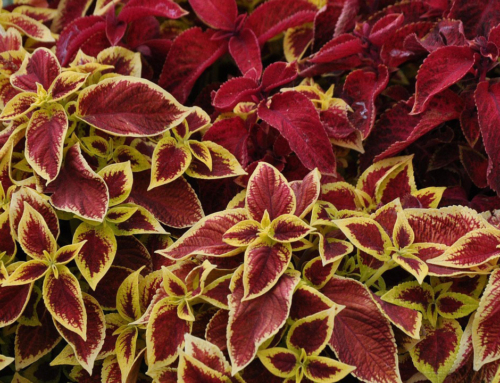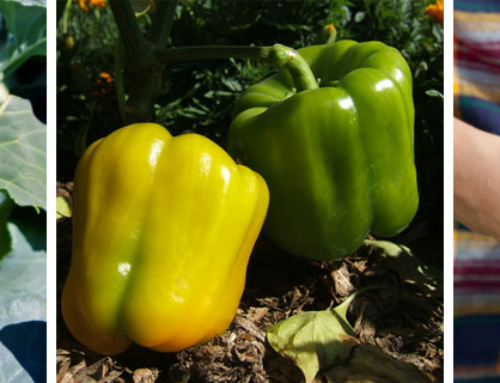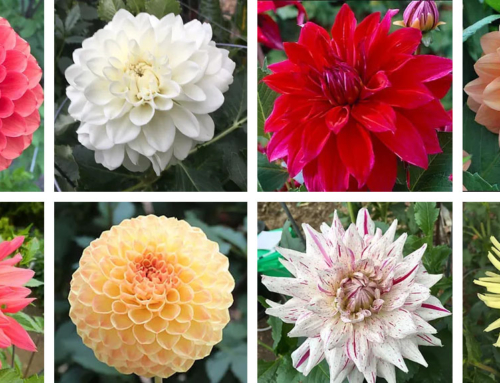I never planned to become a “Dahlia Dabbler.” I purchased the tubers intending to send them to a relative in Hawaii. The name of them was “Aloha” which I thought was perfect for a special birthday gift. However, I discovered that you can’t send such things through the mail, even if it is packed well.
I didn’t want to waste them, so decided to find a place in my own garden and try my luck. That was in late May. After reading the directions, I tried to distinguish the top from the bottom and really didn’t see a clear difference. I dug a couple of holes, crossed my fingers, placed them in the holes and covered them with soil. I marked the spot with the label from the package and basically forgot about them until I saw a couple short stems protruding from the earth.
From that point on I checked on them daily. I was thrilled to see them getting taller and taller and wondered if they would flower. The plants were almost 5 feet tall and the stem was an inch in diameter. The summer was more than half over and still no buds were visible.
Finally, in late August, the buds started to appear. My cousin from Hawaii was coming to visit Minnesota around Labor Day for a week and I was so excited to think he may be able to see them bloom. Alas, the day he came to see our family, the first bud had just started to open and all he could see was the promise of a flower…Bummer!
The following week, the bud opened and it was spectacular in shades of pink, yellow and tangerine. The flower was almost 6 inches across. It reminded me of a beautiful sunset in Hawaii…..or so I imagined. There are now at least 10 more buds beginning to appear. Though I am looking forward to seeing more flowers, I know our warm days are winding down. Dahlia’s have a large tuberous storage structure and are considered “tender”. This means you have to dig them up every year, because they will not survive our Minnesota winters.
Digging and Storing Dahlias
- Wait until we have a frost, which will kill the foliage.
- Trim the foliage.
- Dig the tender root structure. You need to dig all the way around the plant and loosen the soil before lifting the root out of the soil. Be gentle so you don’t bruise the root. Diseases can enter a plant easily via a bruise or cut.
- Wash the root structure with a hose to remove the soil.
- Cure the root. The curing period should be 1 to 3 days depending on the temperature. Curing should be done out of direct sunlight and in an area with higher humidity i.e.: basement. This will insure that they don’t dry out too much and crack.
- Store them in a slightly moist medium like peat moss at a temperature between 35 and 45 degrees. A box or plastic bag with ventilation is ideal.
- Mark the container with the specific name/color/species of the Dahlia(s) so when Spring comes know what you’re planting.
There are some great help sheets available from the University of Minnesota Extension Office related to Growing Dahlias: http://www.extension.umn.edu/garden/yard-garden/flowers/ growing-dahlias/! as well as Storing tender bulbs etc. http://www.extension.umn.edu/garden/yard-garden/flowers/ storing-tender-bulbs/!
I can honestly say that I look forward to planting more Dahlias in the spring and I can hardly wait to see what luck I have. I just hope I don’t go overboard and become a “Dahlia Diva!”
By Val McGruder, Hennepin County Master Gardener




